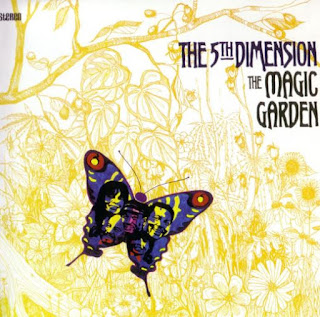 The book I read first was the novel Mr. Dickens and His Carol by Samantha Silva. Pressured by his
publishers after the flop of his current serial novel, Martin Chuzzlewit, and irritated by
his lively family--including his debt-ridden father--Dickens struggles
in just a few weeks time to come up with a Christmas story that will
sell well and give his reputation some burnishing. We see him getting
his inspiration for characters (Scrooge being based on himself) and
names (Fezziwig, Cratchit, etc.), but mostly he gets help from a
beautiful and somewhat mysterious woman in a purple cloak who will
inspire him to turn his wobbly first draft into the classic we all know.
The book I read first was the novel Mr. Dickens and His Carol by Samantha Silva. Pressured by his
publishers after the flop of his current serial novel, Martin Chuzzlewit, and irritated by
his lively family--including his debt-ridden father--Dickens struggles
in just a few weeks time to come up with a Christmas story that will
sell well and give his reputation some burnishing. We see him getting
his inspiration for characters (Scrooge being based on himself) and
names (Fezziwig, Cratchit, etc.), but mostly he gets help from a
beautiful and somewhat mysterious woman in a purple cloak who will
inspire him to turn his wobbly first draft into the classic we all know.The style here is overwritten, primarily paragraphs overflowing with atmosphere description; the language is lovely at first, but too much of a good thing is still too much. Though I do like stylish writing, I found myself skimming over much of the description of the streets and the night. Oddly, the plotting is slightly underdone--we don't get a strong sense of his first draft, and the drama with Dickens' family is not strongly motivated. It feels like Silva just wanted to introduce the wife and kids in order to banish them for most of the rest of the book. But the central drive behind the story is interesting and the ending is satisfying, though not all readers may be happy with the leaps in faith and logic you have to take near the end where a relatively realistic story overtly becomes a fantasy. Overall, a nice way to begin Christmas season reading.
 Coincidentally, I ran across The Man Who Invented Christmas by Les Standiford just a couple days after finishing the Silva novel. It's a brief, lightweight, non-fiction account the same story of the writing of A Christmas Carol. Aside from the obviously fictional characters that Silva adds, this read like a nice fleshing-out of the background of Silva's novel. One odd point: Silva has Dickens' wife and kids leave him for the holidays because he's being such a grouch (or scrooge, if you will). This felt like it might be a real detail, but Standiford does not mention it. He proclaims (at the end, unfortunately) that it his book is meant to be
essentially a light little trifle, not an academic tome, and indeed, it feels like a bit of a
rip-off to pay full price for what is essentially a long New Yorker or
Vanity Fair article. Almost half the length of the volume is taken with a
reprint of Christmas Carol--wouldn't anyone who picks this book up
already have a copy? It was interesting to read both books together, though I still think the best book on the subject of "A Christmas Carol" is The Life and Times of Ebenezer Scrooge by Paul Davis from 1990, still in print, though in a very expensive edition only.
Coincidentally, I ran across The Man Who Invented Christmas by Les Standiford just a couple days after finishing the Silva novel. It's a brief, lightweight, non-fiction account the same story of the writing of A Christmas Carol. Aside from the obviously fictional characters that Silva adds, this read like a nice fleshing-out of the background of Silva's novel. One odd point: Silva has Dickens' wife and kids leave him for the holidays because he's being such a grouch (or scrooge, if you will). This felt like it might be a real detail, but Standiford does not mention it. He proclaims (at the end, unfortunately) that it his book is meant to be
essentially a light little trifle, not an academic tome, and indeed, it feels like a bit of a
rip-off to pay full price for what is essentially a long New Yorker or
Vanity Fair article. Almost half the length of the volume is taken with a
reprint of Christmas Carol--wouldn't anyone who picks this book up
already have a copy? It was interesting to read both books together, though I still think the best book on the subject of "A Christmas Carol" is The Life and Times of Ebenezer Scrooge by Paul Davis from 1990, still in print, though in a very expensive edition only.



















